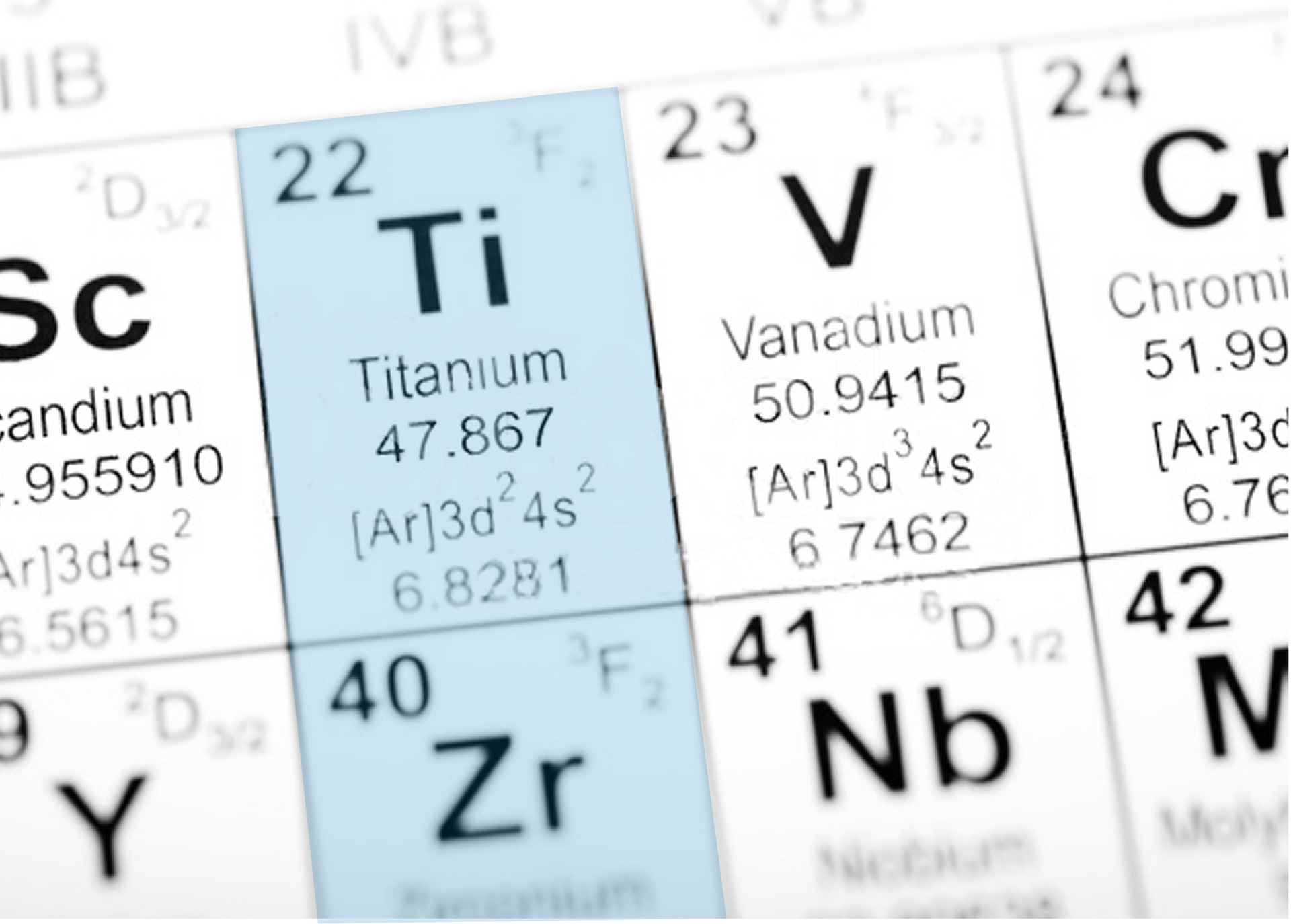

ZTP10 Powder
We Offer Long Life To Your Parts
Very High Fatigue Endurance
Stronger than Ti64 alloys

Pushing the limits of Heat Endurance
40 % more heat resistant than regular Titanium
Stable Performance at elevated Temperatures
Impressive Creep Endurance

What is ZTP10?
ZTP10 belongs to ZTi-Powder® Family. It was developed to overcome the deficiencies of Ti6Al4V (Ti64) at room and high temperatures. We provide powder PSD for most of AM machines.

Why is it necessary to get ZTP10 ?
The Fatigue endurance of ZTP10 made parts is 40% higher than Ti64. Experiments were conducted at room and high temperatures by our partners and third parties in order to investigate the mechanical behavior of ZTP10 and to create a processing map for the material. The results showed that un-coated ZTP10 made parts maintain a very stable behavior at high temperatures until 850°C.

What's so special about ZTP10?
Aerospace and Automotive face so many challenges such as Thermal resistance, Wear corrosion and Fatigue endurance which are considered important factors for material selection in critical parts. We believe along with Ti64, Zirconia is used for generations now.
We therefore reunited these two materials to take advantage of the heat and wear resistance of Zirconia along with the ductility and the mechanical resistance of Ti64 alloy.
